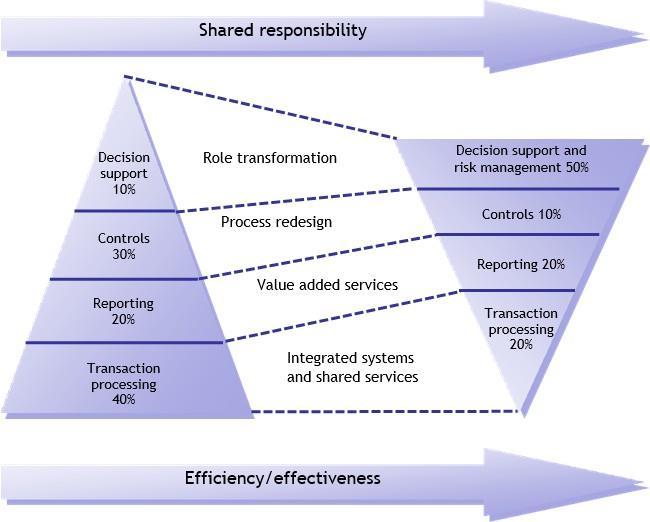
1 minute read
Asset-utilisation ratios
Ratio Possible interpretations
Fixed asset utilisation
Advertisement
This ratio attempts to look at how hard you are working the fixed assets in your organisation. It probably really only has a significant meaning in heavily automated manufacturing organisations. Major changes in this could suggest new capital expenditure. Minor changes could suggest your machines are experiencing some idle time. However, this needs to be looked at alongside the stock calculation below as busy machines could result in stock piling rather than increased sales.
Stock turnover/ days
Stock turnover or stock days gives an indication of how efficiently you are using your stock. However, you need to treat this with caution. In organisations with lots of stock the valuation of that stock — raw materials, work in progress and finished goods — can be complex. This complexity makes it an area of focus for the external auditors at the year end. The year-end accounts may be a reliable figure but can you say the same on a month-by-month basis? If not, and stock is an important aspect of your business, this may indicate that you need to invest in better stock control software.
Creditor days
This ratio is relevant in all sectors. In the public sector government has made the timely payment of suppliers one of its key performance indicators (KPIs), and has even introduced legislation to encourage companies to pay each other on time. In the private sector some accountants think it’s a good technique to delay payment to creditors for as long as possible. But suppliers are increasingly wise to this and will stop supplies if this happens. In the published accounts extended creditor days can be seen by potential investors — especially the banks — as a sign of poor management. This is because they see this as asking the creditors to take the strain for your inability to manage the cash. Banks are less likely to lend to organisations that have borrowed too much from their creditors.



